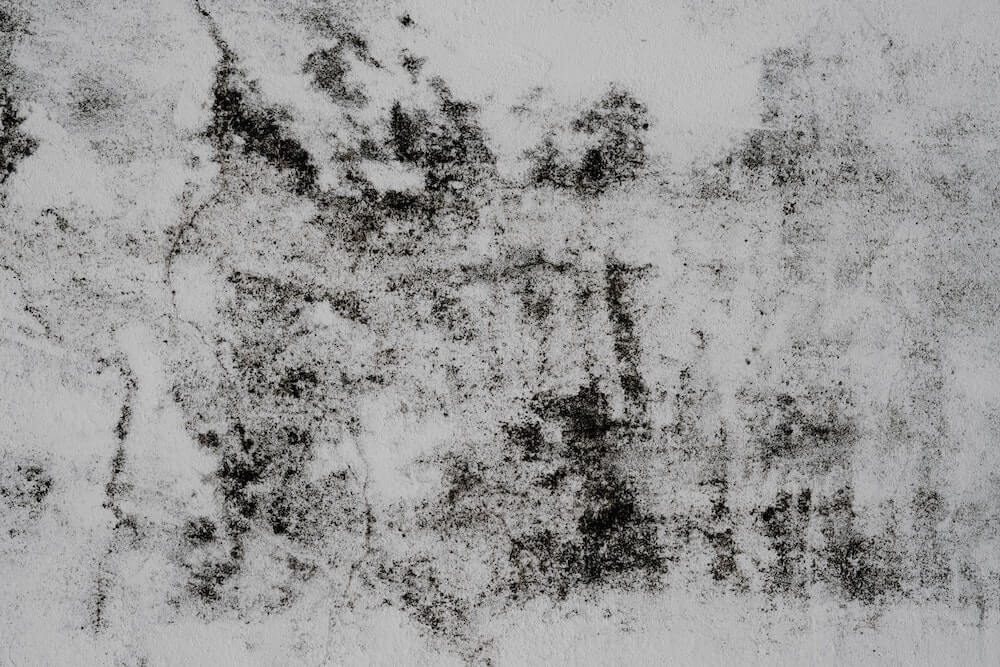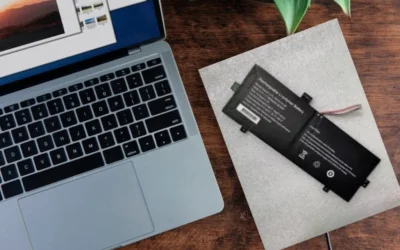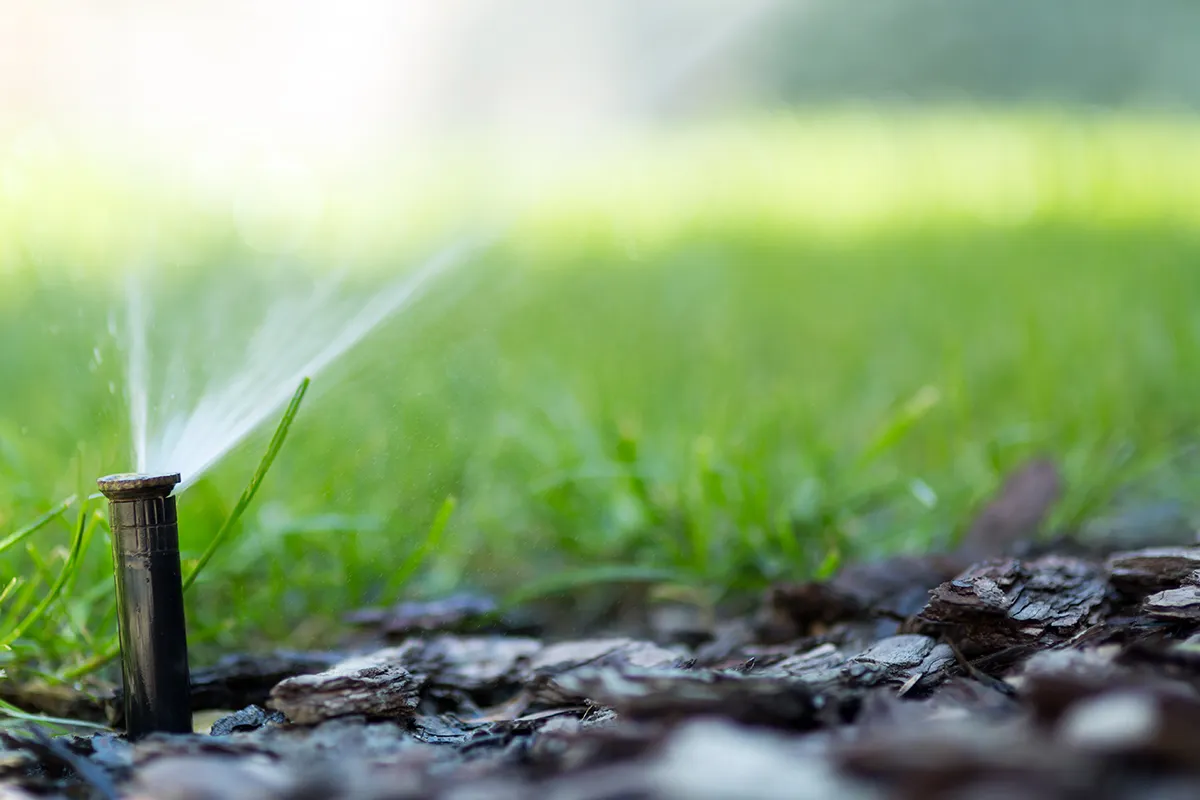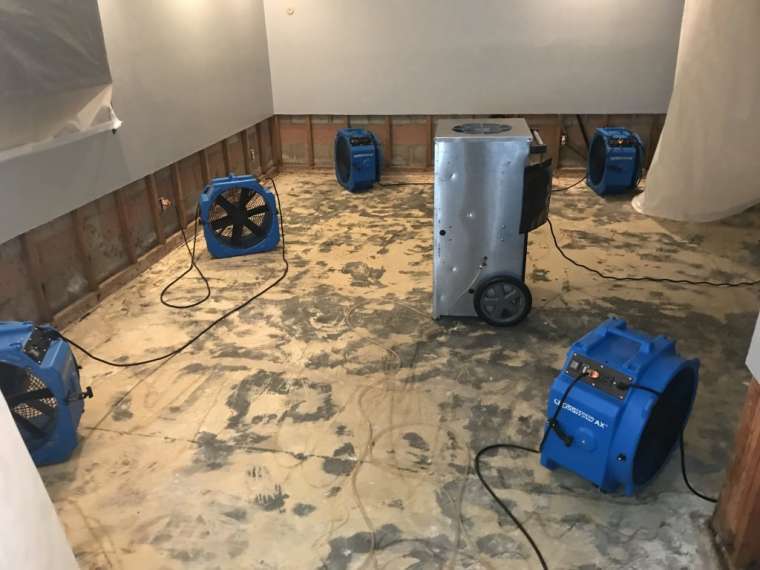Mold on Walls and Health Problems, How To Avoid Them?

Mold stains on walls , furniture, ceilings or floors are not very aesthetically pleasing and are also harmful to health. For this reason, it is not only important to remove them as soon as possible, but it is also advisable to prevent their formation.
Do you want to know exactly what happens if you sleep in a room with humidity and mold? Or how to avoid and eliminate mold on the walls of your house? In this article we will answer these and other questions related to mold on walls and health.
Is mold bad for your health?
Mold is a fungus, and there are many different types of mold . The exact number is unknown, but estimates are in the hundreds of thousands.
In fact, fungi are everywhere, in the air and on objects, and they proliferate when they find ideal conditions. You have surely seen more than once how mold forms on food and you know the dangers of eating it. You even know that they can also develop on our skin, causing very common and highly contagious diseases. Athlete’s foot and other dermatological problems caused by foot fungus produce quite annoying and visible symptoms.
When fungi are in the air or adhere to the walls of our homes, they are also visible and can be harmful.
Pro Tip: Protect your home with expert Mold Mitigation Gladstone MO Our specialists ensure a safe, mold-free environment. Call now for quick and reliable service!
Although there are no toxic or poisonous molds, it is true that some fungi produce toxins. Mycotoxins (fungal toxins) are substances that are produced naturally during metabolic processes and are dispersed along with spores or deposited.
This is very common in food , and although not all fungi develop this type of substance, there is a high chance that moldy food is contaminated by mycotoxins. For this reason, it is not recommended to eat moldy bread until after removing the moldy part.
Some molds that form on walls also produce these toxic compounds. So, beyond creating black, dark green or white stains and producing the typical smell of damp earth, having mold on walls can have effects on the health of people who are sensitive to fungi.
What diseases does mold on walls cause?
People who live or work in damp, moldy environments do not always develop health problems.
According to the Center for Disease Control and Prevention, individuals sensitive to fungi may suffer from:
- Nasal congestion
- Itching and redness of the eyes
- Throat irritation
- Cough
- Wheezing
- Sneezing
- Respiratory conditions
- Skin irritation (less common)
On the other hand, exposure to molds can aggravate allergic reactions in people with mold allergies and cause acute infections in immunosuppressed or chronically ill individuals.
In children, prolonged exposure to mold on walls during the first years of life is associated with the development of asthma.
For all the above reasons, children, immunosuppressed people, people with allergies and those who suffer from respiratory problems or chronic diseases must avoid humid environments where the presence of fungi is higher.
How do you know if you are allergic to mold?
Mold allergy manifests itself with typical seasonal allergy symptoms, i.e. itchy nose and eyes, sneezing, dry skin, coughing, and in some people the onset of asthma symptoms is related to exposure to mold.
If allergic symptoms appear, it is advisable to see a doctor who will recommend skin tests to detect allergens.
Are you a Medifiatc client? Check out the medical directory by specialty and find the allergy specialist closest to you.
What you can do to prevent mold on the walls of your home
There are many types of fungi and their spores are in the air, which makes it very difficult to get rid of these microorganisms completely. However, for a fungus to develop mold on the walls, there must be ideal conditions: humidity and oxygen.
For all of the above, the first thing you will have to do to keep mold at bay is to control the humidity inside the home. Ideally, it should stay around 50% and if you live in a very humid area you can use a dehumidifier to control the levels.
Other measures that help prevent the formation of mold on walls include:
- Install an air conditioner with specific filters to capture particles
- Replace the filters on air conditioning and heating appliances periodically.
- Avoid rugs in the bathroom.
- Ventilate your rooms properly every day and keep the air at home clean with these simple actions .
- Maintain your pipes and fix water leaks as soon as possible. Leaks cause moisture to build up on walls and create the perfect environment for mold. If you have home insurance , check the coverage in case of this type of breakdown.
- Turn on the extractor fan when you are cooking.
- Do not accumulate books, magazines and other objects in humid places.
Removing mold from walls with natural products
Have you noticed black or dark green stains on the walls of your house? Most likely it is mould. To get rid of it you will have to clean the walls and then take all the precautions we have indicated in the previous section to prevent it from forming again.
Cleaning moldy walls can be done with different products. There are also specific cleaning products for removing mold from walls.
If you prefer to avoid harsh chemicals, here’s how to clean a moldy wall with natural products.
Material you need:
- 1 clean spray bottle
- 1/3 warm water
- 3/4 white cleaning vinegar
- 1 tablespoon of baking soda
- A brush
- Gloves
- Face mask
Put on gloves and a mask and put the water, vinegar and baking soda in the bottle and mix carefully. Cover and spray the mold stains on the wall and let the mixture sit for about 15 minutes. Use the brush to remove the mold from the wall and when you are done, dry the wall with a paper towel. Don’t forget to wear gloves and a mask throughout the entire procedure and when you are done, wash your clothes to remove spores and any mycotoxins.
Read Other: The Step-by-Step Process of Water Damage Restoration










